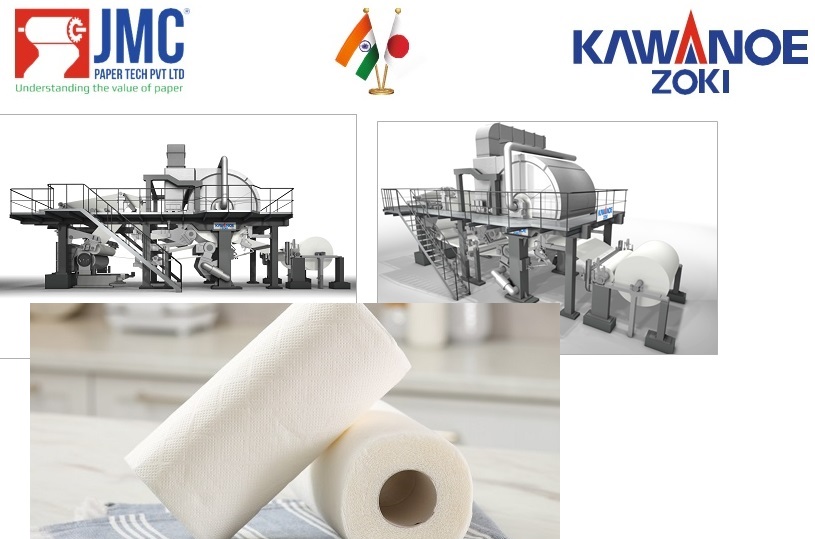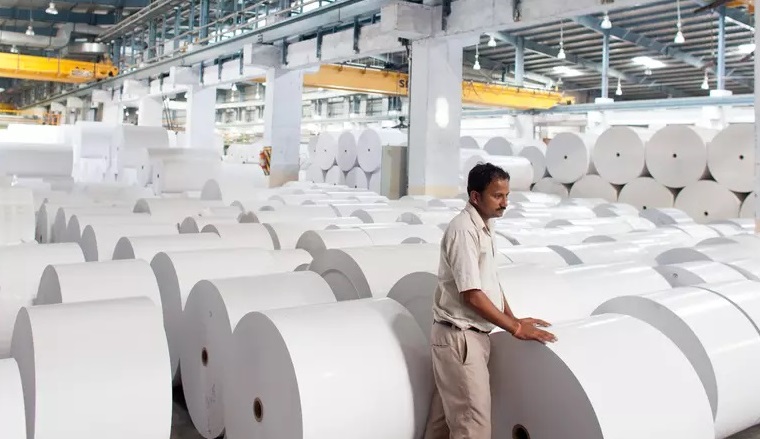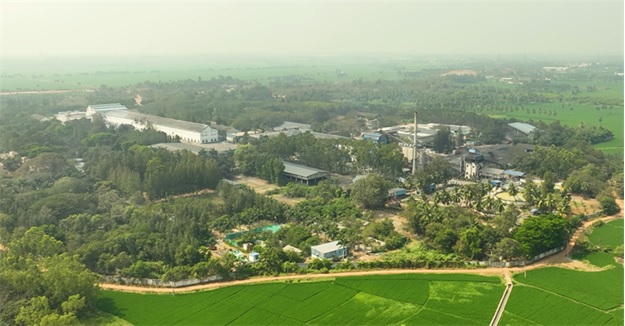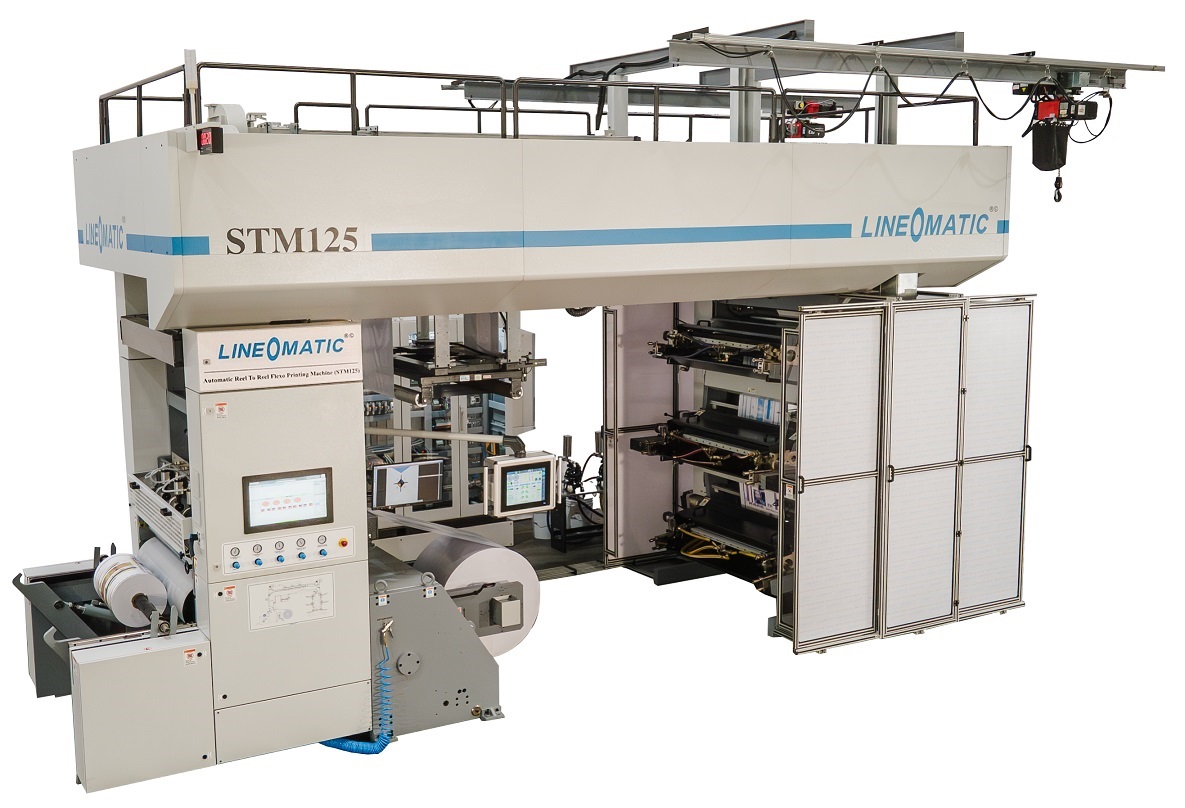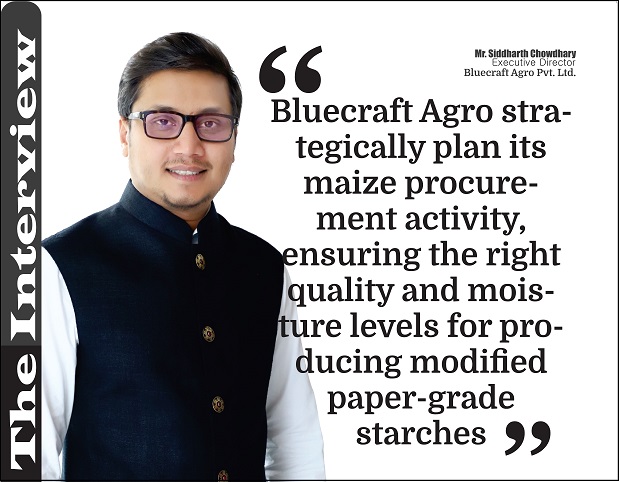The consumer goods industry is moving towards replacing plastic-based packaging materials with molded fiber-based materials, says Mr. Salminen from Kemira OYJ
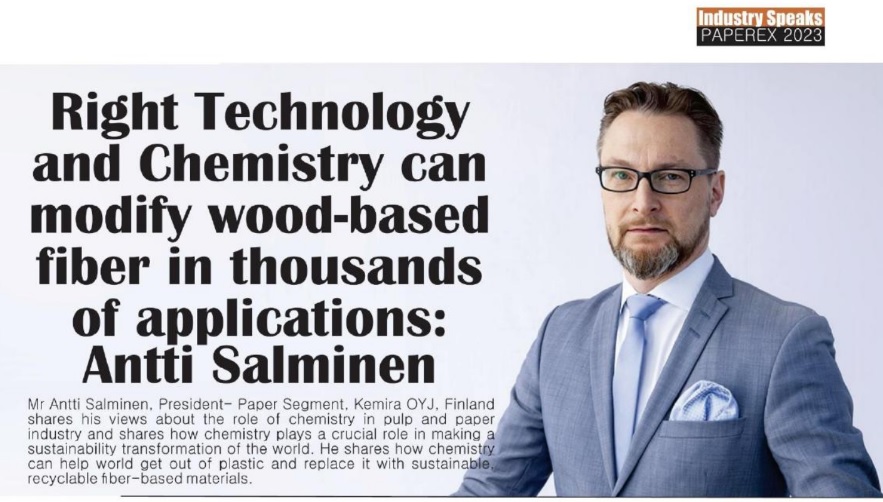
The consumer goods industry is moving towards replacing plastic-based packaging materials with molded fiber-based materials, says Mr. Salminen from Kemira OYJ
Key Points
- 40% of the plastic waste comes from packaging, and a lot of that waste goes into the environment, of which only 9% is recycled.
- Transforming Industries: How Chemistry and Fiber-Based Materials Are Shaping a Sustainable Future
The Pulp and Paper Times:
Mr Antti Salminen, President- Paper Segment, Kemira OYJ, Finland shares his views about the role of chemistry in pulp and paper industry and shares how chemistry plays a crucial role in making a sustainability transformation of the world. He shares how chemistry can help world get out of plastic and replace it with sustainable, recyclable fiber-based materials.
Sharing his views on the role of chemistry in the paper industry during Paperex 23, Mr. Antti Salminen, said, "The sustainability transformation is not only of the industry but of the world. Many people have already addressed the key points about its role in making this world a sustainable place. I will talk about chemistry because chemistry is needed when converting wood-based fiber into different applications that we need today or in the future."
He added, "The world needs to reduce its dependency on oil. This transformation will take time and will require technical developments in different areas of the industries. Consumers, regulators, and brand owners are pressuring industries to decrease their dependency on fossil fuels. The pulp and paper industry will play a crucial role in this transformation."
He added further, "We have solutions for its problems. Wood-based fiber and cellulosic fiber are at the heart of this transformation. The fiber is circular, renewable, recyclable, and biodegradable, so it ticks all the boxes. It can minimize the environmental impact of the packaging solutions. We need to take care of sustainable forestry and farming, while making sure that we have the right balance. If correctly managed, it will reduce the world's reliance on finite oil-based resources. It is safe and versatile, and with technology and chemistry, it can modify wood-based fiber in thousands of applications, which is why I see that the future is bright. Globally, we are facing one of the steepest downturns in the industry. It maybe not visible here in India; last year the demand fell in the industry. But this is short-term. It's a cyclical industry, and in the long term, fiber will be key for global economy."
"It all starts with packaging, which we all know so well. It was maybe the first reinvention of the industry, moving away from the paper industry into packaging. The e-commerce industry has been driving growth for the past few decades and developing the right kind of solutions for lightweight, durable packaging for global industries, be it investment goods or consumer goods. Still, 40% of the plastic waste comes from packaging, and a lot of that waste goes into the environment, of which only 9% is recycled. Plastic is a fantastic solution for several applications; it's cheap and lightweight, but not sustainable, and we need to come up with alternatives. There's regulatory push in many parts of the world, there is a big brand pull. Many global brands, packaged food producers, textile companies are pushing politicians and regulators, for more circular, biodegradable, and sustainable packaging solutions," he added.
Talking about liquid packaging, he said, "One of the problems that the industry needs to solve is barrier coating for liquid packaging. For example, a fiber-based coffee cup, however, to hold liquid, there is still a polyethylene coating or barrier inside. The same goes for liquid packaging, which decreases the recyclability of the fiber-based material. So, we need solutions for creating barrier properties without using polyethylene or oil-based materials. And there, we and other chemical companies can help by coming together with the board producers and other technology providers to come up with solutions that will be biodegradable, but that's one of the challenges still ahead of us."
Another area that is growing is molded fiber or molded pulp solutions, and he added, "These technologies have been there for a long time; they've been relatively low-tech and used for low-tech applications, but now we've seen that the consumer goods industry is moving towards replacing plastic-based package materials with molded fiber-based materials. Much of the stuffing in the cardboard box is not plastic or bubble wrap anymore; it is molded fiber because it's lightweight, durable, and can be used in different applications. And again, to enable these high-end solutions for molded fiber, technological development is needed, both in terms of machines and chemistry."
Talking about textile industry, he said, “The industry is fiber-based and has many similarities to the pulp and paper industry. There are two sources of raw materials: oil derivatives, i.e., synthetic fibers or cotton, and natural fibers, and neither, as an industry, are sustainable. Paperboards are recycled, but only around 1% of all textile fibers are recycled. Similar technologies are required to recycle both. We need to de-ink them, repulp them, and then give the fiber new properties as every cycle it gets weaker and weaker, so there's a lot of the knowledge that we have will be in demand in the textile industry. Many new startups are working on producing textile fibers out of the wood. Not only existing technologies but new technologies are coming, and we should not give this opportunity to the traditional textile players, as the pulp and paper industry possesses the expertise."
“Chemistry needs to support these sustainability shifts in the industry. To change the properties of the fiber, you need different chemicals, as we are using in the pulp and paper industry. Right from the pulping, bleaching, and deformers, and going into strength chemistry, all that is needed and more when we get to these new applications. But what's more important is that we are using many oil-based chemicals in terms of the feedstock. So we, as a chemical industry supporting the paper industry, need to get out of fossil fuels and come up with innovations with sustainable chemistry,” he added.
He stated, "We aim to make our chemistry as sustainable and renewable as our base product - the fiber. By 2030, we have set a target of generating over half a billion euros in revenue from renewable chemistry, which will only increase from there. Achieving this goal requires extensive research, development, and trials with our customers - the pulp and paper, and board producers. We acknowledge that our competitors will also introduce new chemistry, but we are confident that we will lead the way in making the industry more sustainable and renewable."
He opined, “However, sustainability is not enough, as many uses for fiber-based products require properties that we have not imagined. For instance, the functionality of the chemistry also needs to change. So we all need to work together to be able to develop products with new properties. It is not out of the question that one day when you buy a new car, the dashboard, instead of plastic, will be a wood-based composite. To produce that composite, you need different value chain technology and machinery than the traditional board-making ones. You need chemistry to get these properties, but we need to understand that as the division of the industry, our job is not to produce paper; our job is to help this world get out of plastic and replace it with sustainable, recyclable fiber-based materials.”
Web Title: The consumer goods industry is moving towards replacing plastic-based packaging materials with molded fiber-based materials, says Mr. Salminen from Kemira OYJ




 Join WhatsApp Group
Join WhatsApp Group Join Telegram Channel
Join Telegram Channel Join YouTube Channel
Join YouTube Channel Join Job Channel (View | Submit Jobs)
Join Job Channel (View | Submit Jobs) Join Buy Sell Channel (Free to Submit)
Join Buy Sell Channel (Free to Submit) Paper News Headlines Channel (Free to read)
Paper News Headlines Channel (Free to read)




